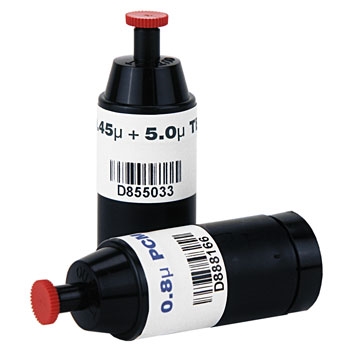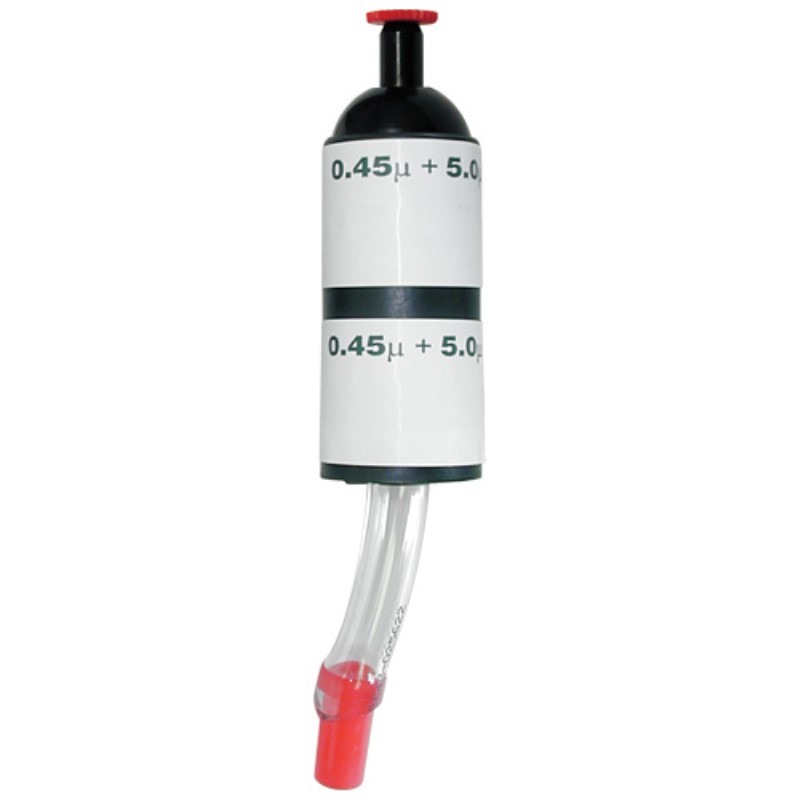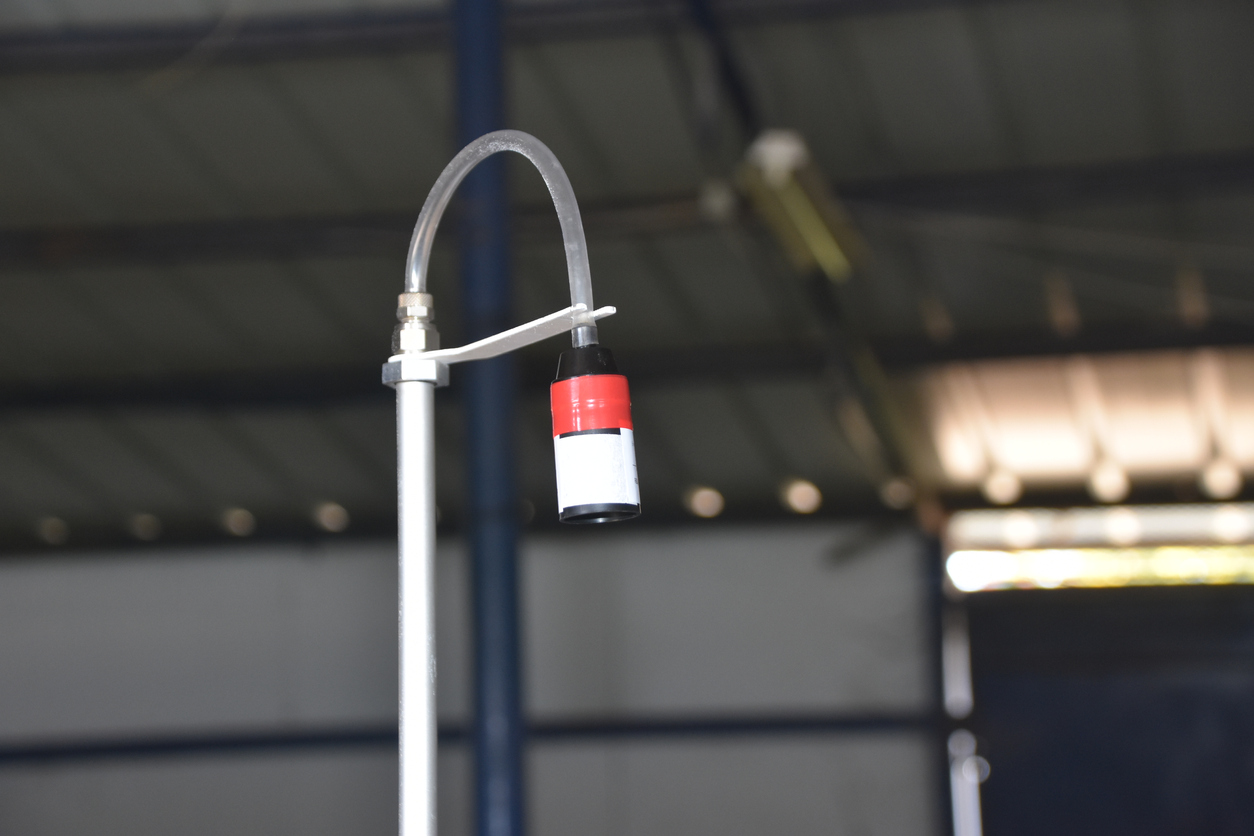Locating Testing Asbestos Near Me Made Simple
Locating Testing Asbestos Near Me Made Simple
Blog Article
Your Guide to Effective Asbestos Examining Treatments
Asbestos screening treatments are an essential part of making certain the safety and security of interior atmospheres, especially in older structures where this hazardous product may be existing. The possible health risks related to asbestos direct exposure make it crucial to come close to screening with precision and thoroughness. From recognizing the homes of asbestos to efficiently translating test results, a comprehensive overview can outfit people with the expertise and devices needed to navigate this intricate procedure. Remain tuned to uncover the necessary actions and factors to consider that can aid you secure versus the threats presented by asbestos.
Comprehending Asbestos and Its Dangers
Asbestos, a naturally happening mineral understood for its warm resistance and resilience, presents severe health dangers when its fibers are breathed in or consumed. testing asbestos near me. Exposure to asbestos can bring about significant health problems such as lung cancer cells, mesothelioma cancer, and asbestosis. Regardless of its useful homes, asbestos has actually been commonly outlawed in lots of nations due to the tried and tested web link between asbestos exposure and these dangerous illness
The threat depends on the microscopic fibers that can quickly end up being air-borne when asbestos-containing materials are disturbed or harmed. As soon as breathed in, these fibers can end up being lodged in the lungs, triggering inflammation and scarring with time. The latency duration between exposure to asbestos and the development of relevant diseases can span numerous decades, making very early detection and prevention essential.
Asbestos was generally utilized in building products, insulation, and vehicle parts before its health and wellness threats were totally comprehended. Today, appropriate testing and elimination of asbestos-containing products are necessary to secure individuals from the dangers related to asbestos direct exposure.
Identifying Potential Asbestos Materials
The identification of potential asbestos materials is an essential action in making sure the safety of people revealed to harmful compounds in numerous settings. Asbestos can be located in a vast array of building materials, including however not restricted to insulation, ceiling floor tiles, floor ceramic tiles, cement sheets, and roof shingles - Asbestos Air Sampling. Recognizing these products accurately is vital to properly managing the risks related to asbestos exposure

In cases where aesthetic assessment is inconclusive, samples of suspected products can be accumulated and sent out to accredited laboratories for testing. These labs use specialized methods such as polarized light microscopy or transmission electron microscopy to properly figure out the presence of asbestos fibers in the samples. By following rigorous identification treatments, people can properly mitigate the dangers related to asbestos direct exposure.
Choosing the Right Testing Method
Identification of prospective asbestos products plays a crucial function in identifying the appropriate testing technique for precise asbestos fiber discovery. As soon as thought materials have been recognized, picking the appropriate screening method is vital to make sure trusted outcomes. There are two main methods for asbestos screening: polarized light microscopy (PLM) and transmission electron microscopy (TEM) PLM is commonly made use of for first testing as it is cost-effective and gives quick results. Nonetheless, PLM has limitations in finding asbestos fibers that are smaller sized than 1 to 3 microns. On the other hand, TEM is an advanced method that can accurately determine asbestos fibers at the ultrastructural degree. While TEM is a lot more time-consuming and costly than PLM, it supplies higher level of sensitivity and specificity in asbestos discovery. Picking the appropriate screening technique relies on numerous variables such as the sort of product being tested, the needed level of sensitivity of the evaluation, and the available spending plan. It is critical to seek advice from accredited asbestos testing specialists to determine one of the most suitable approach for your specific screening demands.
Carrying Out Sample Collection Securely
When collecting samples for asbestos testing, focusing on security steps is vital to lessen possible exposure threats. Asbestos fibers are dangerous when disturbed, making it important to adhere to proper safety and security methods during sample collection - Asbestos testing near me. Prior to beginning the sampling process, guarantee that you are outfitted with individual safety tools (PPE) such as non reusable coveralls, masks, goggles, and handwear covers to protect against breathing or contact with asbestos fibers
It is necessary to wet the sampling area making use of a gentle haze of water to stop the fibers from becoming air-borne throughout collection. Usage care when gathering samples and prevent aggressive scraping or drilling that can launch asbestos fibers right into the air. Instead, meticulously cut a small item of the product making use of appropriate tools and put it into a secured container for analysis by a certified laboratory.
Additionally, labeling each example with thorough information regarding the sampling collector, location, and day's name is important for precise record-keeping and evaluation. By adhering to these safety and security guidelines, you can conduct sample collection for Asbestos testing near me asbestos testing properly while decreasing the risk of exposure.
Interpreting Examination Results and Following Steps

Conclusion
Finally, efficient asbestos testing treatments are essential in recognizing and taking care of prospective health dangers related to asbestos exposure. By understanding the risks of asbestos, identifying prospective materials, choosing the right screening method, conducting example collection securely, and analyzing test results properly, people and organizations can take the necessary steps to protect themselves and others from the unsafe effects of asbestos. It is crucial to focus on safety and correct screening methods to make certain a healthy and balanced environment for all.

Identification of possible asbestos products plays a vital duty in figuring out the proper testing technique for precise asbestos fiber discovery. The test results will indicate the visibility or lack of asbestos, the type of asbestos fibers existing, and the concentration degrees.In verdict, efficient asbestos testing procedures are crucial in determining and taking care of potential wellness threats connected with asbestos exposure. By recognizing the risks of asbestos, determining possible products, selecting the appropriate screening technique, carrying out example collection securely, and interpreting test results accurately, companies and individuals can take the needed steps to protect themselves and others from the unsafe results of asbestos.
Report this page